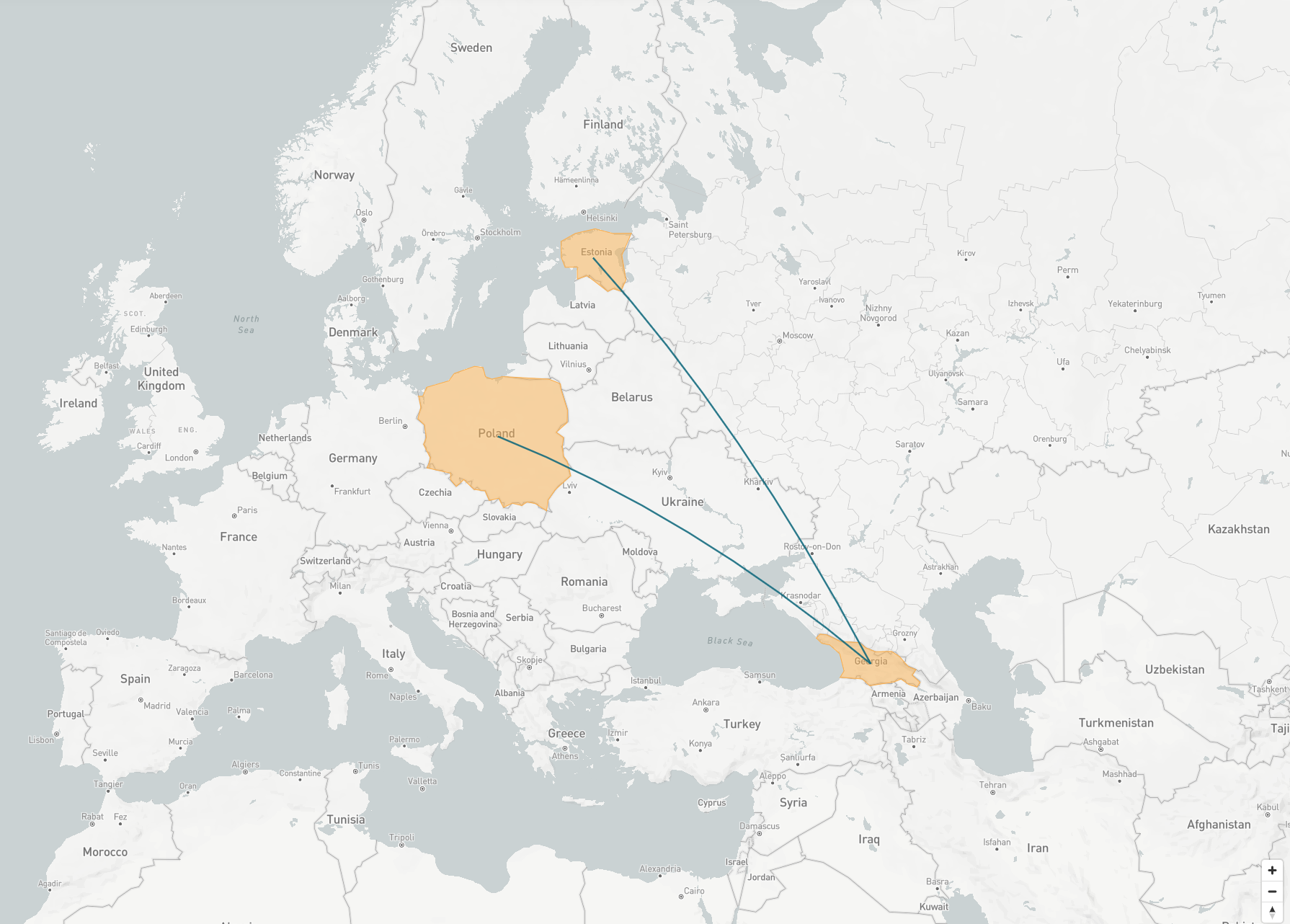- Country of destination: Estonia and Poland
- Country of origin: Georgia
- Sectors: Construction, Engineering, and Manufacturing
- Skill level: Low
- Timeline: 2015 - 2017
- Number of beneficiaries: 19
Overview
The International Organization for Migration (IOM) and the governments of Estonia, Georgia, and Poland tested an innovative circular migration program to employ Georgians and meet the labor demands of Estonia and Poland. The project was implemented by the IOM in cooperation with Georgia’s Ministry of Labor, Health, and Social Affairs.
Why was it started?
Georgia has experienced high net emigration since the 1990s, driven increasingly by unemployment and poorly functioning labor markets. Fully 55 percent of Georgians are interested in temporary emigration, according to the 2017 Caucasus Barometer survey (another 8 percent are interested in permanent emigration). Two pilot programs were coordinated to address the demand for temporary emigration. The Temporary Labor Migration of Georgian Workers to Poland and Estonia was the second of the two. It drew on lessons learned from the Georgian pilot with Germany.
How does it work?
IOM provided vocational education and training (VET) and pre-departure orientation at various locations in Georgia, which beneficiaries found helpful. It established a vocational education and training (VET) school in Georgia that taught welding skills in demand by Polish employers. Following their training, 19 welders, construction workers, and truck drivers from Georgia were employed in Poland. Because of obstacles presented by labor market quotas in Estonia, no Georgian workers ended up working there under this project.
What impact has it had?
The number of beneficiaries was significantly lower than projected. The proposal was for 70 migrants to be registered and work in Poland (60) and Estonia (10), with the objective of gender parity in participants. A total of 1,200 beneficiaries were consulted, of which 409 were registered. Demand was low for these workers, however, with employers initially offering only six positions. Out of the 71 people pre-selected for the vacancies, only 16 were women, all of whom declined the job offer because of the low salary offered. Only 19 workers—all men—were offered full participation in the program.
It was difficult to meet employers’ high expectations in terms of language proficiency and work experience. Future projects should recruit underemployed or less experienced workers and focus on rural areas of Georgia where unemployment and poverty are especially high. Many workers reported that working conditions and payment were worse than promised. At times, although there was written confirmation from the employer, labor contracts were not signed before the workers left Poland. The IOM had set up a reporting system, but an internal IOM evaluation warned that “the risk of being trafficked and violation of rights is an issue which needs to be considered.”
Because of legal difficulties, no Georgians were employed in Estonia through this framework, but training centers set up in Georgia have served Georgia and Poland well. No evaluation of the program’s ability to encourage circular migration between Poland and Georgia has been conducted, but a few workers did return to Poland after six months. The project was continued within the framework of the EU–funded “Sustaining Border Management and Migration Governance in Georgia“ project (2017–20). Entry and return statistics are dynamic and exhibit some circularity of migratory flows between Georgia and Poland.
- Burduli, A. 2019. “The role of circular labor migration in reducing unemployment: How ambitious should it be?” ISET Economist Blog, ISET Policy Institute, Tbilisi.
- Mestvirishvili, N. 2018. “Circular migration schemes in Georgia: Lessons learned and ways forward.” Prague Process Policy Brief.
- OECD (Organisation for Economic Co-operation and Development), and Caucasus Research Resource Center Georgia. 2017. Interrelations between public policies, migration and development in Georgia. OECD Development Pathways, OECD Publishing, Paris.

